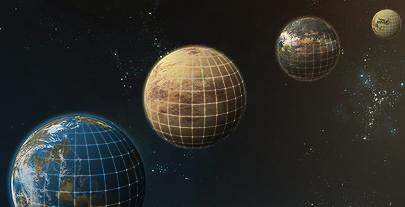
The universe contains many planets that players can visit, explore, mine resources from, and build constructs on. All planets are procedurally generated, and as such their surfaces are generated randomly within predefined constraints, and according to various biomes.
Properties
Each planet is dominated by a single environment, or biome, and may possess one or more moons. Some planets may contain different resources than others, forcing players to explore multiple planets in order to gather all of the materials that are required to build various types of constructs. These resources may be found on or below the surface.
All planets are made entirely out of voxels, down to a certain depth. These voxels are completely editable by players; they can be collected and deployed using a nanoformer, or built on with other voxels from an external source.
Currently, planets do not rotate on their axis, but this feature will be added at a later date. However, planets will never orbit around their stars, for technology and gameplay reasons.
Moons
A moon is a natural satellite of a planet. While a planet is a world which orbits a star, a moon is a world which orbits a planet. Moons tend to be smaller than planets, and orbit relatively close to them. While planets can be spread out and relatively far apart, a moon always sits close to its parent planet.
The environment and resources of a moon can differ greatly from those of their parent planet; Alioth, the planet where the Novark landed, has three moons. There are valuable resources on these moons that cannot be found on the planet itself.
Asteroids
An asteroid is a naturally occurring volume of voxels, similar to a planet or moon. Unlike planets and moons however, they are usually relatively small, non-spherical, and have no atmosphere.
It is possible to fly to and build on asteroids, as they are made of voxels and completely editable. Some asteroids are large enough to have their own gravity.
